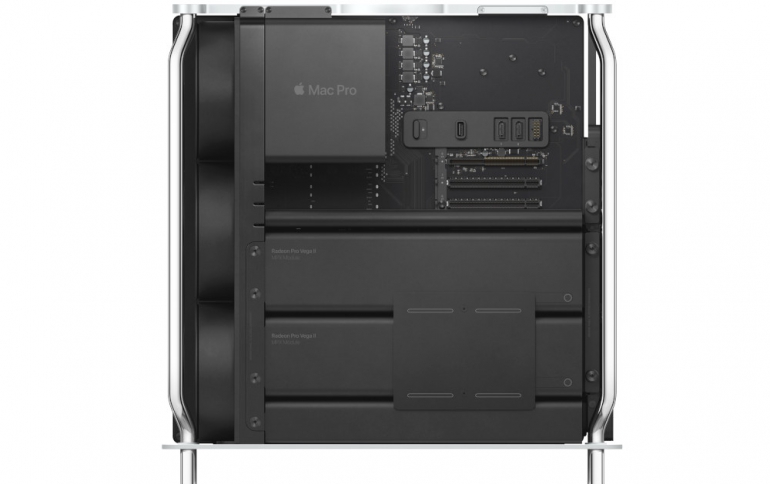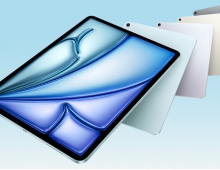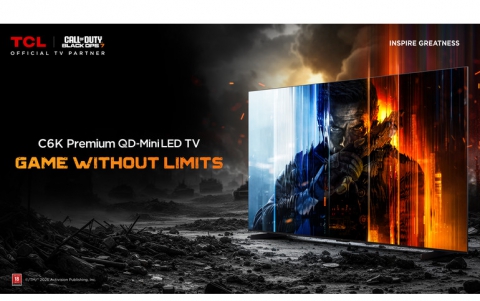
U.S. Trade Representative Approves Some Tariff Exemptions Requests From Apple
U.S. trade regulators on Friday approved some of the requests for tariff exemptions filed by Apple according to a public docket published by the U.S. Trade Representative.
In July 6, 2018, the U.S. Trade Representative imposed additional duties on goods of China with an annual trade value of approximately $34 billion as part of the action in the Section 301 investigation of China's acts, policies, and practices related to technology transfer, intellectual property, and innovation.
The U.S. Trade Representative's determination included an exclusion process, and stakeholders have submitted requests for the exclusion of specific products.
15 out of 10 exclusion requests from Apple were approved according to the list published on Friday by the U.S. Trade Representative.
The move by U.S. officials could make it easier for both Apple and small makers of gaming computers to assemble devices in the United States by lowering the costs of importing parts.
Apple 's requests were for components such as partially completed circuit boards. Apple manufactures its $6,000 Mac Pro computers in Texas, making the machine immune from tariffs, but such intermediate parts were subject to the levies.
Earlier this year, The Wall Street Journal reported that Apple was moving production to China. Apple never publicly commented on its exact production plans, but U.S. tariffs on Chinese goods complicated the assembly of PCs in the United States. The third list of U.S. tariffs that went into effect last year placed levies on both some fully assembled PCs as well as the major components to make them, meaning manufacturers faced cost increases even if they made machines in the United States.
During the company’s July 30 earnings call, Apple CEO Tim Cook Apple said he wanted to keep making Mac Pros in the United States.
The tariffs lifted on Friday are related to on a range of computer components for Apple and all other manufacturers, including partially assembled main circuit boards and graphics cards. Those contain chips from Intel, Nvidia and AMD.





















